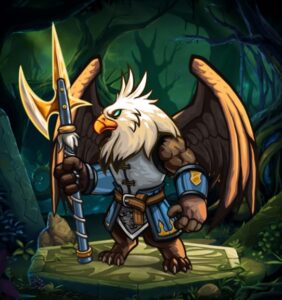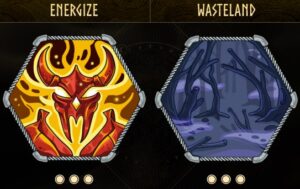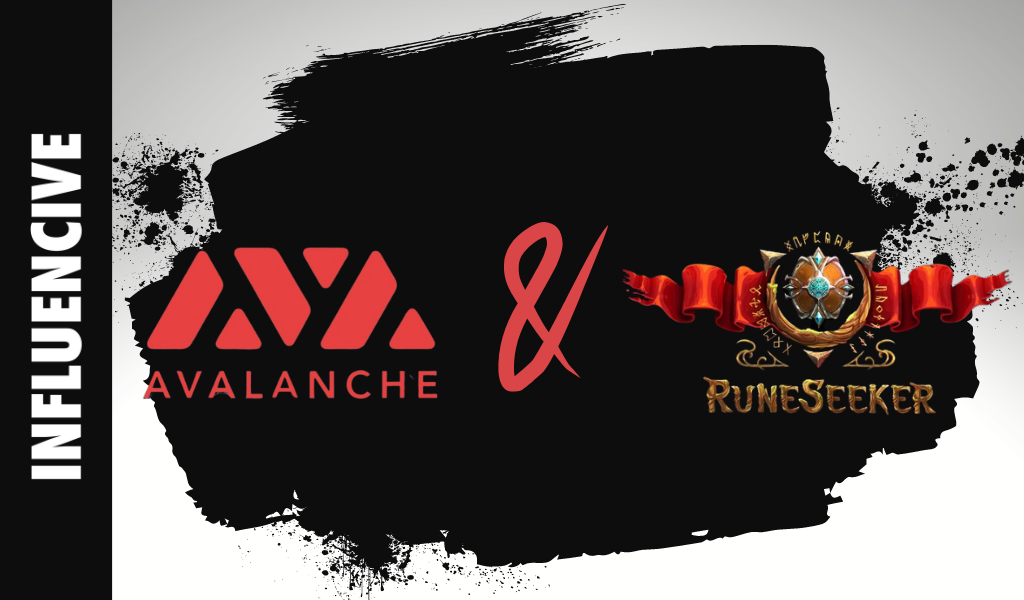Avalanche continues to be one of the best buildooors of the bear market. They’ve launched multiple partnerships in the last few months including Amazon Web Services and Ready Player DAO, just to mention a couple. Avalanche already has numerous games set to launch in the near future including Shrapnel and Pulsar. But Avalanche isn’t done attracting top gaming talent to their blockchain. The latest project to choose Avalanche is Rune Seeker. Let’s take a deeper look at what Rune Seeker is and some of its features.
On February 6th, Rune Seeker posted a Tweet stating they had chosen to launch on Avalanche because they were “impressed with the quality of the Avalanche team, and their products, and believe our project will align perfectly with what they have to offer.”
1/ We're thrilled to announce that Rune Seeker will run on the @Avalancheavax blockchain! We're impressed with the quality of the Avalanche team and their products, and believe our project will align perfectly with what they have to offer. #RuneSeeker #Avalanche pic.twitter.com/fLtkHIV914
— Rune Seeker🔺 (@RuneSeekerRUNES) February 6, 2023
That was followed up with a medium article further detailing Rune Seeker’s decision to launch on Avalanche. The Rune Seeker team mentioned three specific reasons for choosing Avalanche:
- Outstanding Transaction Speed and Scalability
- Support for Substantial NFT Minting at Lightning-Fast Speed
- Active Support for Game-Fi Projects
We know why they chose Avalanche, but what exactly is Rune Seeker? Well, let’s take a look at their whitepaper. Rune Seeker is a “next-gen simultaneous turn-based strategy card game…designed to combine the tactical depth of traditional card games with the limitless technological potential of blockchain.”
Each match begins with a “Commander” placing three units (NFT characters) on any tile and then waiting for the map to be randomly generated. The map consists of tiles that represent different terrain features. The different terrain features contain different properties that give strength to or take it away from the units, which affects the strategy for each game because each game has a randomly generated map. Once the map is in place, players will take turns and perform actions such as attacking, defending, transforming, fusing, or summoning. Each action will affect the map and the units in different ways. The match ends when one side destroys the other side’s units.
In addition to regular gameplay, there are several other ways to interact with Rune Seeker including gathering Runes, battles, trading valuable assets, recruiting an Army, and building a base for your Army.
One of the cool aspects of Rune Seeker is that it has its own built-in marketplace. That means there is no need to visit an external marketplace to buy, sell, or trade in-game assets. You can do several things in the marketplace:
- Buy/sell units (characters). Each unit has detailed explanations of its strengths, weaknesses, and attributes.
- Buy/sell Runes (pieces of terrain). Each Rune has an explanation of its traits and the effects it has against other players.
- Buy/Sell buildings (bases). Each building has a description of how it interacts with the map.
- Buy/Sell skins. Each skin comes in a set and has several items to level up the skillset of your units.


Final Thoughts
Rune Seeker is an extremely complex, free-to-play, terrain-based card strategy game that utilizes NFTs and advanced tokenomics. This type of game will likely be a big draw for players of other popular card games such as Magic: The Gathering or Yu-Gi-Oh! The character sets and terrain features are beautifully designed and capture the imagination right away. The artwork makes you wish you could actually be inside of the game map, existing with the units and interacting with the Runes. The combination of beautiful artwork, an intriguing storyline, and unique gamified economics makes Rune Seeker a game to keep an eye on.
This is a Contributor Post. Opinions expressed here are opinions of the Contributor. Influencive does not endorse or review brands mentioned; does not and cannot investigate relationships with brands, products, and people mentioned and is up to the Contributor to disclose. Contributors, amongst other accounts and articles may be professional fee-based.

